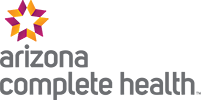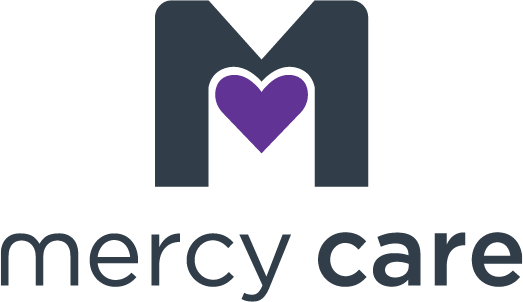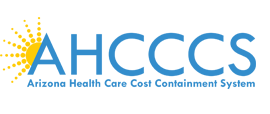
 Every month we continue to hear about various celebrities battling addiction. In July 2013, America was stunned when heroin claimed the life of “Glee” star Cory Monteith, who was just 32. Only a few weeks ago, the entertainment industry was shocked again when 46-year-old Oscar winner Philip Seymour Hoffman, who is believed to have overdosed on heroin, was found dead in his apartment.
Every month we continue to hear about various celebrities battling addiction. In July 2013, America was stunned when heroin claimed the life of “Glee” star Cory Monteith, who was just 32. Only a few weeks ago, the entertainment industry was shocked again when 46-year-old Oscar winner Philip Seymour Hoffman, who is believed to have overdosed on heroin, was found dead in his apartment.
Not only is this devastating news for our kids to absorb and understand, but they’re also influenced by celebrities as role models.
So, what do parents need to know?
Health experts say that parents need to know that heroin addiction among youth is a serious topic. In fact, a study done by the Centers for Disease Control showed that 3 in 100 U.S. high school students have used heroin.
While our youth heroin use numbers in Arizona aren’t as high as other locations across the country, we are seeing youth prescription drug abuse rates soar. In Arizona, as of 2012, one out of five 10th- and 12th-graders has misused a prescription drug.
How is heroin tied to prescription drugs?
-
Introduction to Prescription Drugs: Why would our kids turn to prescription drugs in the first place? Some are intentional users looking for a high and others take that path accidently. Kids who become accidental users might start by buying a friend’s Adderall prescription to perform better on a test, or they could get started by receiving prescription painkillers (highly addictive opiates which is why they are so tightly controlled) for a sports injury or dental work, and simply like the way the drugs make them feel.
-
Medicine Abuse Begins: Once prescription drug abuse begins, kids might not even realize the danger. They might think that because prescription drugs are prescribed by a doctor, designed for healing and viewed as acceptable by society, they are safe. They don’t understand the monitoring, dosage requirements and side effects these medications could have on them, especially if combined with other drugs or alcohol. Now that the problem has started, these kids will be looking for access to prescription drugs around the house, in the medicine cabinet or from friends.
- The Need for a Cheaper Alternative: Medicine abusers, especially those addicted to painkillers or opioids, reach a point where they are looking for their next high or have difficulty obtaining enough prescription drugs, due to reliable availability or cost. Heroin offers them a cheaper, readily-available alternative. This is the point where your child transitions from abusing medicine to becoming a heroin user.
How can parents protect their teens?
It can be tough between everyone’s day-to-day commitments, but talking to your teen every day and spending time with them is critical. Take advantage of the opportunities you have to do this during commercial breaks on TV, during car rides to school or the grocery store, or every morning during breakfast or at night during dinner.
Why is this communication so important?
- Studies show that kids who talk with their parents about drug use are up to 50% less likely to use drugs.
- Talking with your teen regularly and having an open communication relationship increases the likelihood that they will talk to you about the peer pressures of drug use.
- The number one reason that kids give for not using drugs is that they do not want to disappoint their parents.
Additionally, keep track of your prescription pills, dispose of unused or expired medications and secure medications in a place only you know about.
If your child is struggling with opiate addiction, don’t wait. Get them help immediately. Those who abuse opioids require professional treatment with regular monitoring and it can be a lifelong challenge.
If you have additional questions about heroin, contact us to learn more or to schedule your free educational parent drug presentation.













